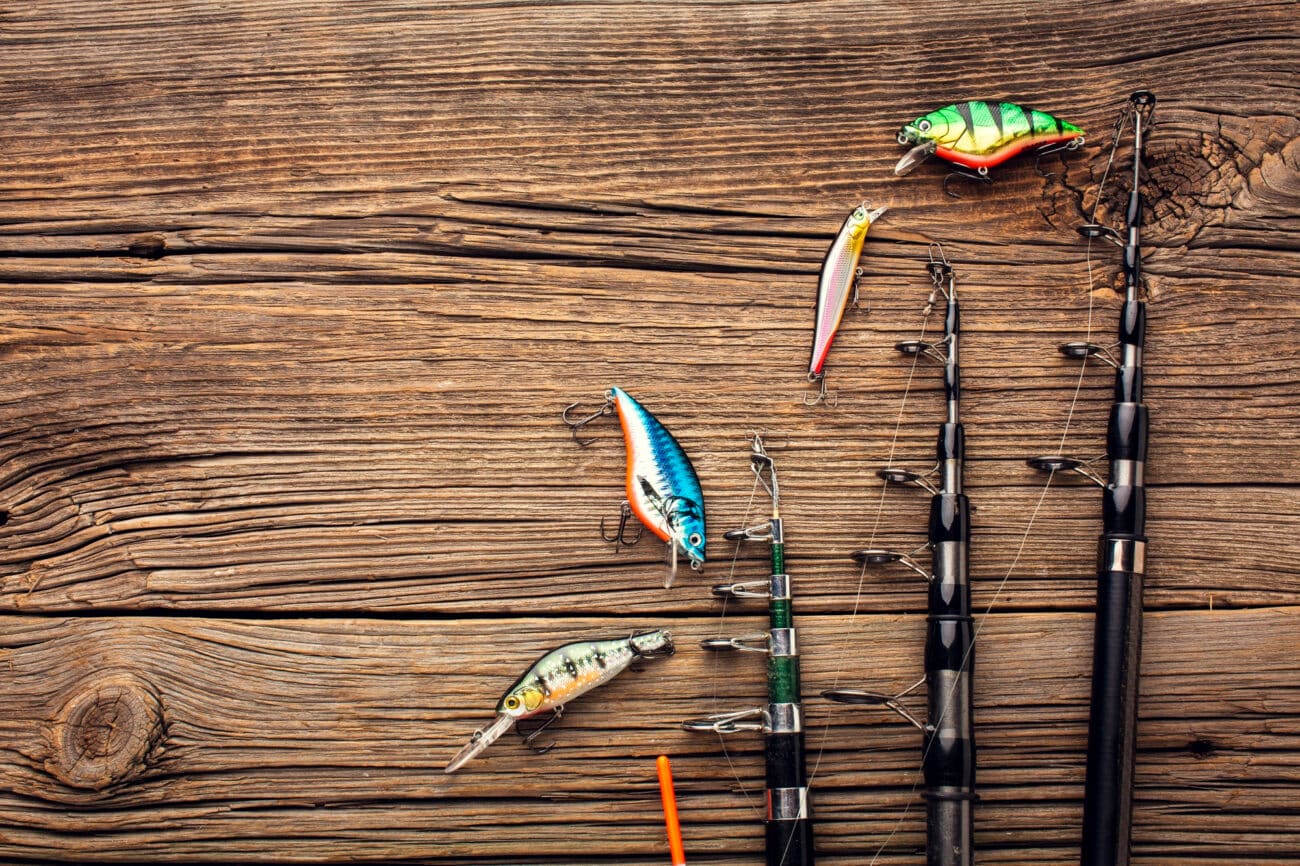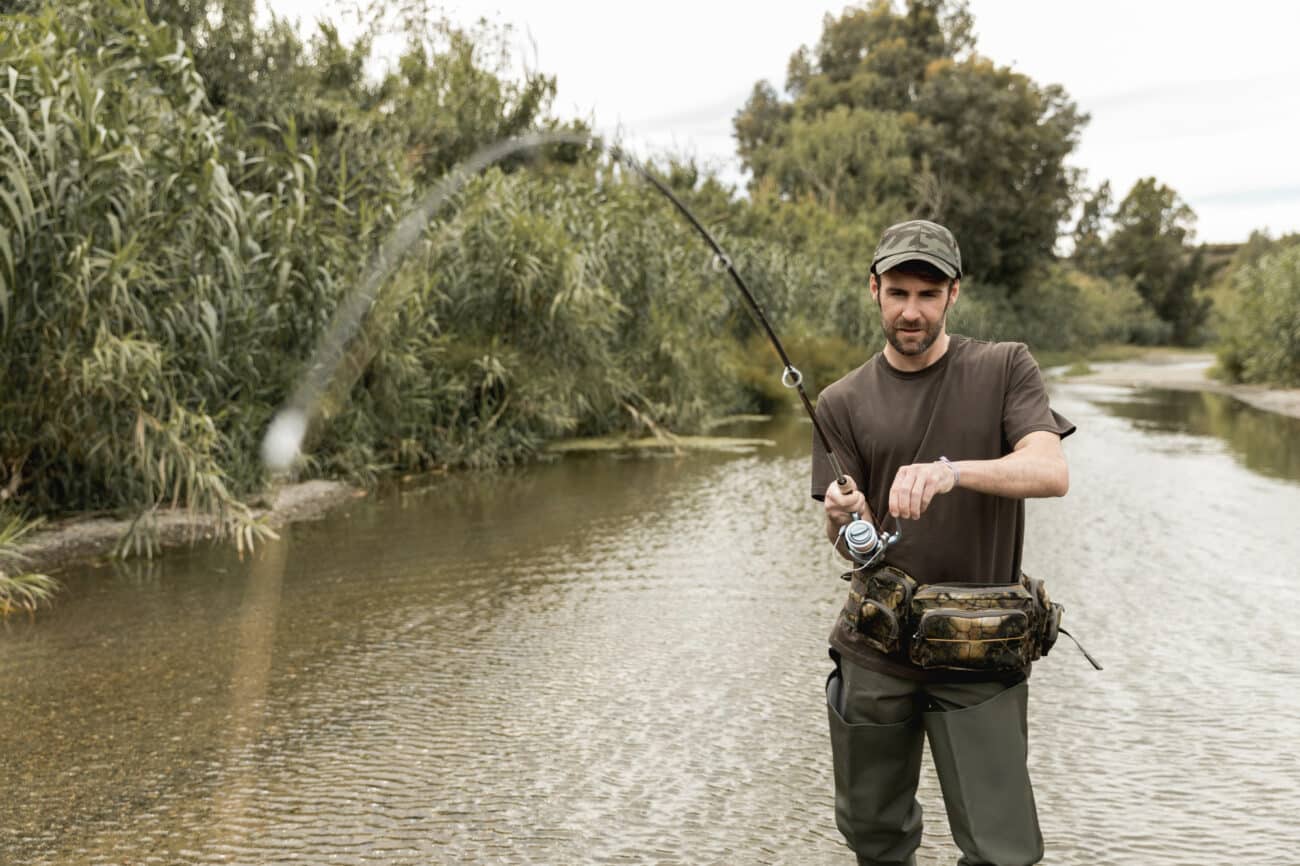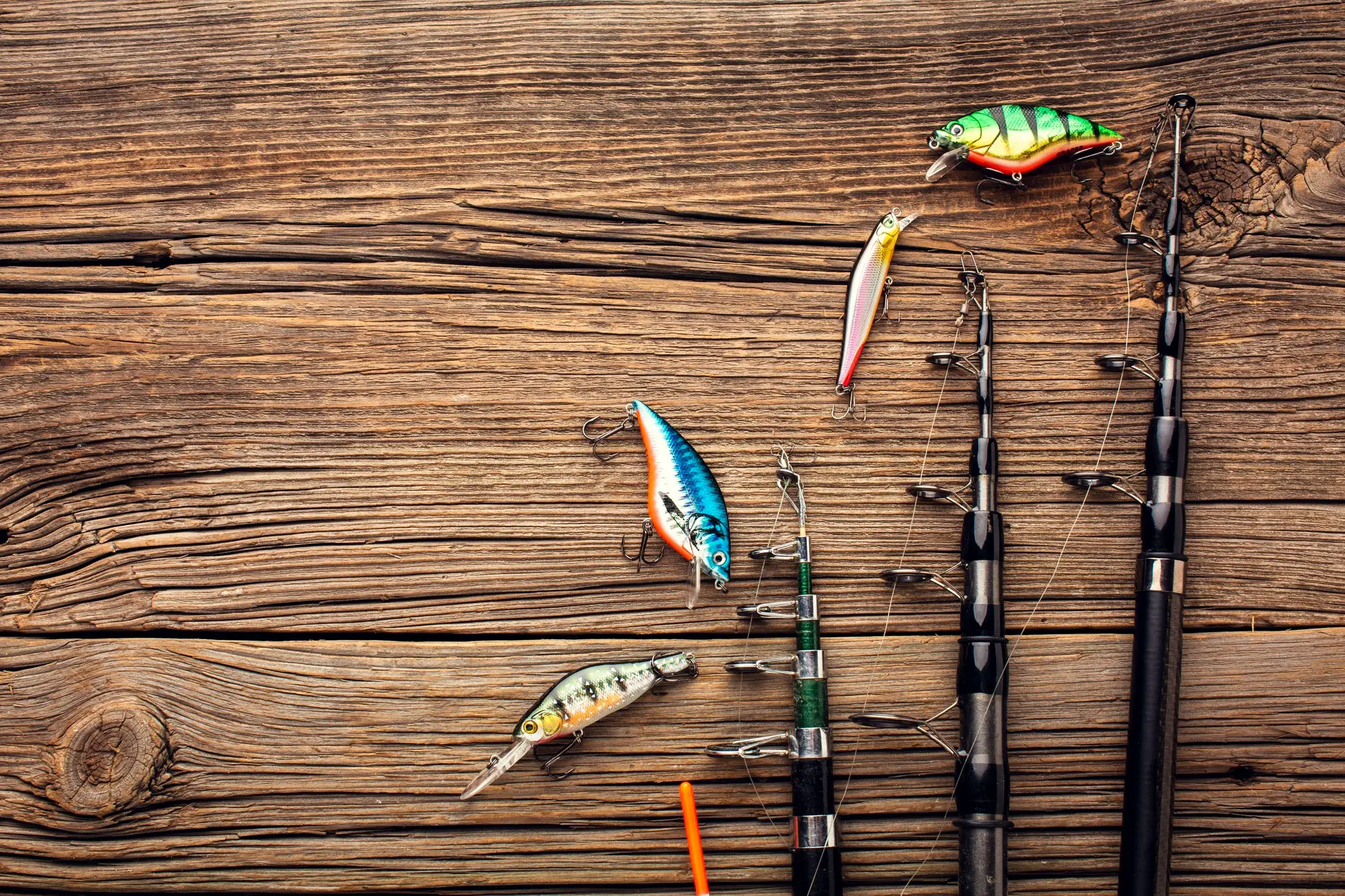This post was last updated on December 3rd, 2022 at 05:47 pm
Fishing is one of the many hobbies that have been popular for a long time. It is an activity enjoyed by people all over the world and in almost every country. There are plenty of reasons why fishing has remained so popular. There are obvious benefits to learning how to tie a fishing hook as well. Fishing hooks come in a variety of shapes and sizes. There are also many different ways to secure the hook to the fishing line.
In this guide, we will discuss how to tie a fishing hook. You’ll also learn about the different types of fishing hooks, fishing hook tying tips, and more.
Key Takeaways
- Learning how to tie a fishing knot is an important skill for any fisherman.
- There are a number of different types of knots that can be used to tie a fishing hook.
- Make sure the line is wet and free of tangles before tying a knot.
- Tighten the knot slowly and evenly. Don’t pull on it too hard

Why Should You Learn How to Tie Fishing Hooks?
There are a few reasons why it’s important for you to learn how to tie a fishing hook.
First, it’s a skill that can come in handy in a number of situations. You never know when you might need to tie a hook on the spot. It’s also a good skill to have if you’re into fishing as a hobby.
Second, knowing how to tie a fishing hook can help you catch more fish. There are a number of different knots that you can use to secure your hook. Each knot has its own benefits and drawbacks. If you know which knot to use in any given situation, you’ll have a better chance of catching fish.
Finally, learning how to tie a fishing hook can help you save money. Many people who fish regularly go through quite a few fishing hooks. If you know how to tie them, you’ll be able to save money on your fishing gear.
The Different Types of Fishing Hooks
There are a number of different types of fishing hooks available on the market today.
J Hooks
The most common type is the J-hook. This type of hook has a curved shape that resembles the letter “J.” It’s the most versatile type of hook and can be used for a variety of different fishing applications.
Circle Hooks
Another popular type of fishing hook is the circle hook. This type of hook has a circular shape and is ideal for catch and release fishing.
Barbless Hooks
Another type of fishing hook that is becoming increasingly popular is the barbless hook. This type of hook doesn’t have any barbs on it, which makes it easier to remove from the fish.
Treble Hooks
Treble hooks are another type of fishing hook that is commonly used. This type of hook has three points and is often used in conjunction with lures.
5 Ways to Securely Tie Your Fishing Hook
1. The Clinch Knot
The most popular knot for tying a fishing hook to monofilament line is the clinch knot, or the improved clinch knot. These knots are strong and secure, and both are relatively easy to tie. I learned how to tie this knot when I was about eight, so don’t worry.
Important tip: Always tighten this knot by pulling the fly, not the tag end of the line.
Check out the steps and video for tying a Clinch Knot.
The difference between the clinch knot and the improved clinch knot is with the improved clinch knot, you make one more pass through the loop. I use both of these knots, and I haven’t found a strength difference between the two.
2. The Blood Knot
The blood knot is a great way to connect two similarly sized lines together. If you wanted to tie a 5x piece of tippet onto your 4x leader, this would be a great way to do it. It is my favorite knot for tying leaders and attaching tippets etc, although it’s not the easiest knot to tie.
Check out the steps and a video for tying a Blood knot.
3. The Arbor Knot
This knot is very easy, and very necessary to get right. There will come a day where for whatever reason or circumstance, all of your line and backing gets pulled out of your reel, and you end up testing this knot. Learn to tie it properly, so if that day comes you won’t loose all of your line!
4. The Nail Knot
This knot can get fairly involved until you get the hang of it. The nail knot is fairly important fly fishing, but not 100% necessary to know. As mentioned above the albright knot will work in it’s place. This knot is used to tie your leader or butt section to the fly line. Perhaps it’s greatest benefit is its slim profile as it slides easily through the guides of your fly rod.
5. Double Surgeon or Surgeons Loop Knot
Of all of the various fly fishing knots, this one is like a walk in the park compared to some of the knots on this page. If you don’ want to learn the blood knot, you should at least ensure you get this simple knot down pat. It’s very strong, and easy to learn.
While on the river, you will need to know how to connect two lines of similar size together. This knot is literally tying two simple granny knots and you will have it completed.
Tips for Any Fishing Knot
- Make sure the line is wet before tying a knot. This will help the knot to hold together better. Wetting the line allows the knot to slide together more tightly.
- Make sure the line is free of tangles and knots before tying a knot. This will also help the knot to hold together better.
- Tighten the knot slowly and evenly. Don’t pull on it too hard, or the line may break.
- Trim the excess line from the knot after it has been tightened. This will help to prevent the line from fraying.

In Conclusion – How to Tie a Fishing Hook
Knowing how to tie different types of fishing knots is an important skill for any fisherman. There are a number of different knots that you can use, depending on the situation. Make sure you practice tying these knots so that you can do it quickly and correctly when you’re out on the water.
This guide provided instructions for tying 5 different types of fishing knots. Hopefully it answers all your questions about how to tie a fishing hook!
How to Tie a Fishing Hook FAQs
What is the best knot for tying a fishing hook?
The answer to this question depends on a number of factors, including the type of fishing you’re doing and the type of line you’re using. Some of the most popular knots for tying a fishing hook include the clinch knot, improved clinch knot, blood knot, and nail knot. Of these, the clinch knot is the most commonly used.
How do I know if my knot is tied correctly?
There are a few ways to tell if your knot is tied correctly. First, make sure the knot is tight and snug against the eye of the hook. Second, make sure there are no loose ends or frayed line. Finally, check to see if the knot slides easily through the guides on your rod.

